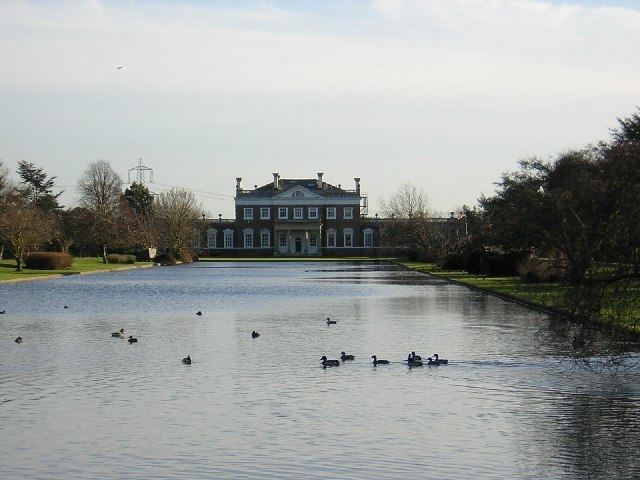Phone +44 1245 200777 | ||
 | ||
Profiles | ||
Boreham House is a Grade I Listed mansion set in 35 acres (140,000 m2) of Boreham, Chelmsford, Essex. Nowadays, the Stately Home is used as a wedding venue. Boreham House was built from 1728 to 1733 for Benjamin Hoare and from 1931 to 1997 the House was owned by the Ford Company and used as a College.
Contents
Boreham house dji phantom
Location
The south face of the building fronts the top of Danbury Hill and Little Baddow Common.
The Origins
In 1713, the widow of Christopher Monck, 2nd Duke of Albemarle, sold part of her estate to Benjamin Hoare, son of Richard Hoare, the wealthy Fleet Street banker. New Hall continued to be occupied by the widow until her death. So, Benjamin Hoare decided to build Boreham House as his new family home. The main building was begun about 1728 and finished in 1733.
The architects
The house was designed by the Scottish architect James Gibbs. He has built some memorable buildings like the London church of St Mary-Le-Strand and St Martin-in-the-Fields in Trafalgar Square. He was one of the most influential architects of his time. The physical builder of Boreham House was Edward Shepherd. He was a great architect and built the Shepherd Market in Mayfair. In 1812, Thomas Hooper, well known architect in his time added the grand carriage entrances to the left and the right of the Building.
History
Boreham House stayed in the Hoares family until 1785, when William Walford bought it and rented it to Sir Elija Impey a British judge, until 1792. Around 1792, Sir John Tyrell, 1st Baronet bought the House. He was a local Justice of the Peace. In 1832, his son Sir John Tyrell, 2nd Baronet inherited Boreham House. He sat in Parliament as Conservative member for Essex. He died in 1877 leaving Boreham House in tail to his grandson Lieutenant Colonel Tufnell Tyrell, sheriff of Essex. The House stayed in the Family until 1931, when Henry Ford bought it.
Ford saw Boreham House for the first time when he went to visit Oberammergau in 1930 to see the Passion Play. He went in the English countryside and noticed the very bad conditions of farms and farm buildings which he passed. He bought Boreham House on 2 May 1931 to show that British agriculture could prosper and make people lives easier. Ford developed this new venture under a new company called Fordson Estate Limited.
In 1937, the house, with a parcel of the land was donated to trustees of the Henry Ford Institute of Agricultural Engineering. Boreham House started to be a college in 1952, when it became the main training centre for the Ford Tractor Operation in Europe. The house also served as the temporary home for the National College of Agricultural Engineering in 1962. This moved to Silsoe, Bedfordshire as Silsoe College later joining with Cranfield University. The Silsoe campus closed at the end of 2007.
In 1997, the house had reverted to single family occupation.
In 2008 it was bought by the entrepreneur and business woman Teresa McGregor. She decided to use the House as a wedding venue and corporate centre. Nowadays, people can get married in the house and have their wedding breakfast in this historic building.
